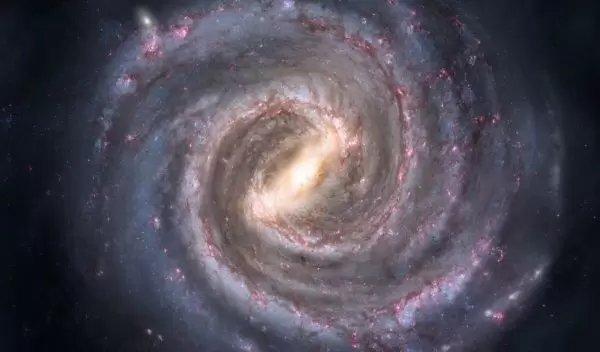
Previously unseen massive star formations detected
Astronomers combined data from the U.S. National Science Foundation’s Karl G. Jansky Very Large Array and Effelsberg radio telescopes to conduct a detailed survey of a large swath of the Milky Way -- and detected previously unknown traces of massive star formations. The results allow scientists to more closely detail the lifecycles of massive stars, learn more about the effects of supernovae and map the structure of the galaxy.
The GLOSTAR -- short for Global View on Star formation in the Milky Way -- team published a series of papers reporting initial results of their work in the journal Astronomy & Astrophysics, including detailed studies of several individual objects.
Little is known about how massive stars are formed; answering that question has challenged researchers for years. Recent astronomical studies have used infrared and radio wavelengths to learn more about such cosmic phenomena.
Now GLOSTAR has provided researchers with new information about the nebulous material between stars.
For example, GLOSTAR data revealed twice as many remnants from supernovae as previous research. That number is expected to increase when data from the Effelsberg telescope are included. The GLOSTAR team also detected massive star formations in very early stages. GLOSTAR researchers have accurately located stars in the process of forming and still shrouded in clouds of gas and dust.
